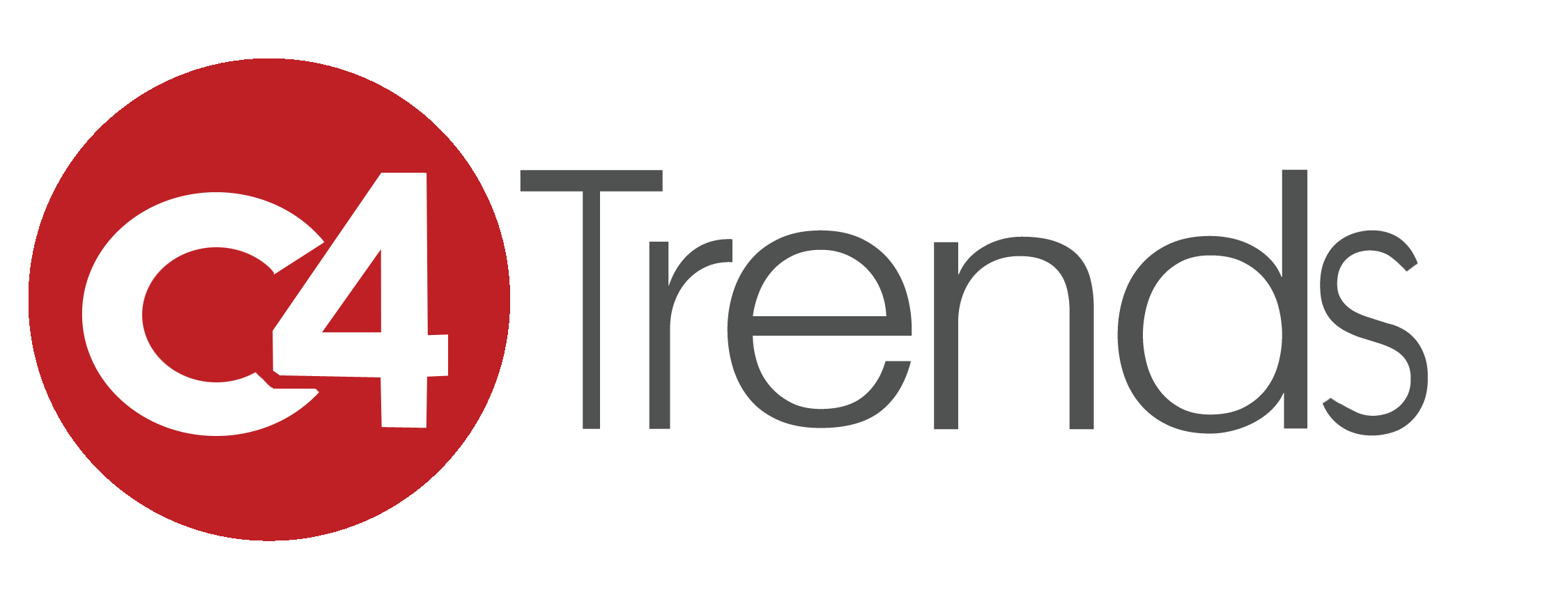Move over United States Space Force, there are now calls for a sizable cyber force to protect the online infrastructure of the nation. The Foundation for Defense of Democracies last month warned there is a shortage of qualified personnel at the U.S. Cyber Command (CYBERCOM), which is currently responsible for both the offensive and defense aspects of military cyber operations.
Even worse, the FDD suggested that those in charge at the command may lack the necessary skills to lead the force of cyber warriors.
“In the U.S. military, an officer who had never fired a rifle would never command an infantry unit. Yet officers with no experience behind a keyboard are commanding cyber warfare units. This mismatch stems from the U.S. military’s failure to recruit, train, promote, and retain talented cyber warriors,” wrote retired Rear Adm. Mark Montgomery and Dr. Erica Lonergan from Columbia University’s School of International and Public Affairs in the FDD report.
It called for the creation of a new independent armed service — a U.S. Cyber Force — alongside the Army, Navy, Air Force, Marine Corps, and Space Force. Such a force doesn’t need to be as sizable as the U.S. Army or States Navy, at least not initially. Instead, it could begin as a far leaner force, akin to the United States Marine Corps or United States Space Force, about 10,000 strong.
“As the Space Force has shown, a smaller service can be more selective and agile in recruiting skilled personnel,” the FDD report further explained.
THE ARMY COULD LEAD THE WAY
In their report, Montgomery and Lonergan also called for placing any new Cyber Force within the Department of the Army – much like how the U.S. Marine Corps is in the Department of the Navy, while the U.S. Space Force is in the Department of the Air Force.
Once established, this would see that each military department would lead two service branches – as the U.S. Coast Guard is now within the Department of Homeland Security and outside the Department of Defense’s (DoD’s) larger umbrella.
One issue might be that any Cyber Force billets would draw from the 133 teams currently spread across all the services that conduct everyday cyberspace operations. Moreover, the authors noted that a CYBERCOM could be treated much more like the U.S. Special Operations Command (SOCOM), which also draws forces from across the services and has some of its own acquisition authorities. But they also addressed the fact that SOCOM and CYBERCOM have stark differences.
“In the SOCOM model, each of the services provides the force employer — SOCOM — with expert personnel who possess skills suited to their particular domain. For instance, an Army Ranger trains for special operations on land, while Navy SEALs possess skills tailored to maritime special operations. Rangers and SEALs are not interchangeable. The Army cannot train SEALS, nor the Navy Rangers. Thus, SOCOM actually gains strength from this one-of-a-kind distributed force-generation model,” the report noted.
Citing a U.S. Navy captain, the authors suggested that SOCOM’s “Success is achieved by allowing each of the service-specific commands to specialize in discrete types of warfare, technologies, and operational environments” while “Cyberattacks will not be, nor are they currently, service-specific nor sector-specific, so it does not make sense to have created service-specific mission teams, different designators, MOSs, etc., to respond to the broad scale of cyberattacks.”
ADDRESSING THE CYBER THREAT
The cyber threat isn’t going to go away, and just as Space Force will serve to protect the domain of outer space, a Cyber Force could protect cyberspace.
“Headlines are filled with vulnerabilities to our infrastructure and power grids – as well as security breaches or ransom attacks,” said Susan Schreiner, analyst at C4 Trends. “While the call for a cyber force sounds like Star Wars – it may not be that far-fetched.”
That could be true given that a few years ago, Space Force may have sounded like something out of Star Trek.
“With AI, it’s also likely that more nefarious actors will emerge, and take a wrecking ball to our personal data as well as adversaries, resulting in unfathomable damage and destruction,” Schreiner told ClearanceJobs. “Science fiction might be paving the way for companies, regions, and countries to think more expansively, cooperatively, and differently as new tools and approaches need to be developed to tackle, and more effectively manage the threats posed by the increasing complexity and multi-facets to our security, privacy and safety.”
AI NOT PEOPLE FOCUSED
Though a Cyber Force remains hypothetical, there is the opinion that perhaps it is looking at the problem incorrectly, as well as a possible solution.
Instead of a 10,000-strong force, technology industry analyst Rob Enderle of the Enderle Group told ClearanceJobs, “While it is clear we need a much stronger Cyber Force, the focus, given the timing, should be on spinning up AI-driven defenses not people. People just can’t react quickly enough to modern threats without substantial AI support and more people, without adequate AI assistance, would likely just get in each other’s way and not provide better protection.”
The fact also remains that enterprises can barely fill the current cybersecurity openings, so creating and then growing a Cyber Force could present challenges. The result could be exactly what the FDD reports said should be avoided.
“This should be a quality over quantity effort and even finding 10,000 qualified people would be problematic in the current market let alone 10 tech folks who work well with others and like doing security work,” added Enderle. “So, I agree, we need a much stronger cyber force, but I think much of it should be staffed by AIs, and AI human teams, otherwise it will be incapable of doing what needs to be done. “

